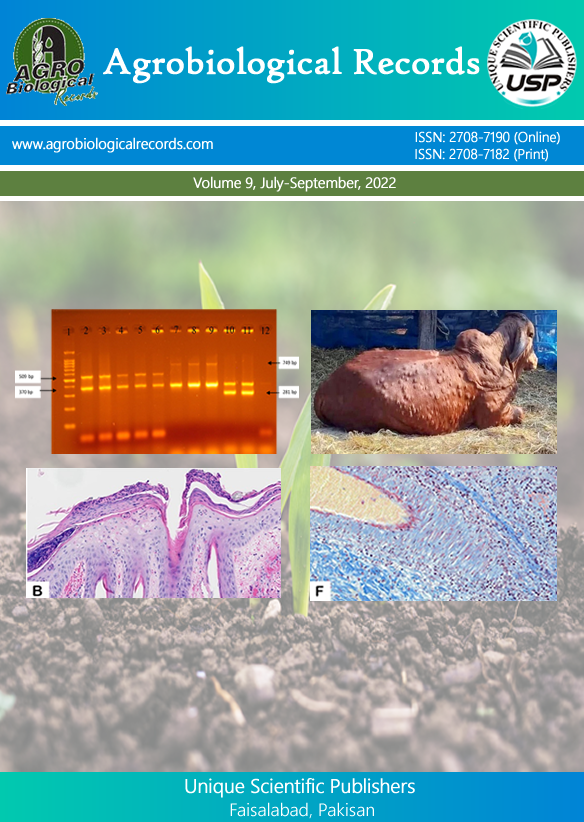
Wenyu Guo1, Tanvir Ahmad1, Dawei Li2 and Yang Liu1*
1School of Food Science and Engineering, Foshan University/ National Technical Center (Foshan) for Quality Control of Famous and Special Agricultural Products (CAQS-GAP-KZZX043)/Guangdong Key Laboratory of Food Intelligent Manufacturing, Foshan 528231, Guangdong, P. R. China. 2Shangdon Institute for Product Quality lnspection, Shangdon, 250000, P. R. China.
*Corresponding author: liuyang@fosu.edu.cn
Novosphingobium species are Gram-negative, rod-shaped bacteria containing sphingoglycolipids. In this study, Novosphingobium species were isolated and characterized based on morphology and biochemical analysis. The research also investigated the impact of different culture media, temperature, time and pH on the growth of Novosphingobium species, aiming to determine its optimal growth kinetics. The culture media (LB, 0.1% glucose LB, NB, 0.1% glucose NB, and MM), pH (4, 5, 6, 7, 8, 9 and 10), and incubation temperatures (25, 30, 37, 45, and 55°C), were examined for representative Novosphingobium sp. growth, measured as optical density (OD). The results indicated that all the strains displayed yellow colony morphology with rounded raised edges and smooth surfaces. Strains were rod-shaped without spore production. All the strains assimilated maltose, sucrose, xylose and oxidized glucose. Representative strain of Novosphingobium species grown rapidly on 0.1% glucose LB medium and optimal temperature were identified 37°C. The growth of representative strain was significantly influenced by the initial pH of the culture media, but 7 pH was identified as optimal. This study provides valuable information regarding the characterization and optimal growth conditions of Novosphingobium species.